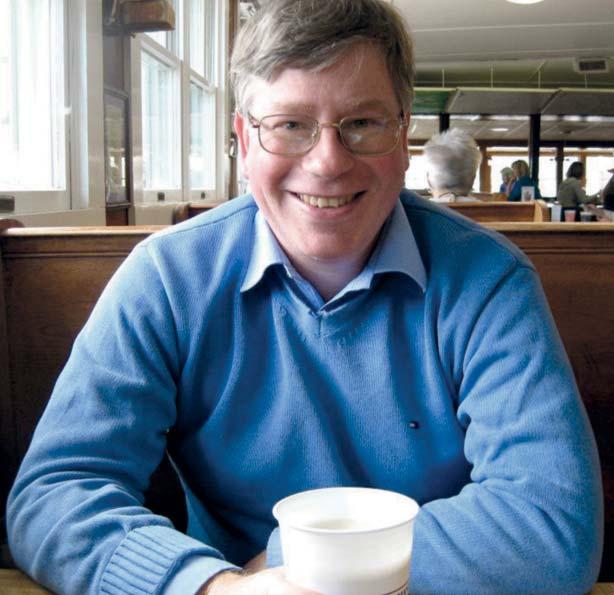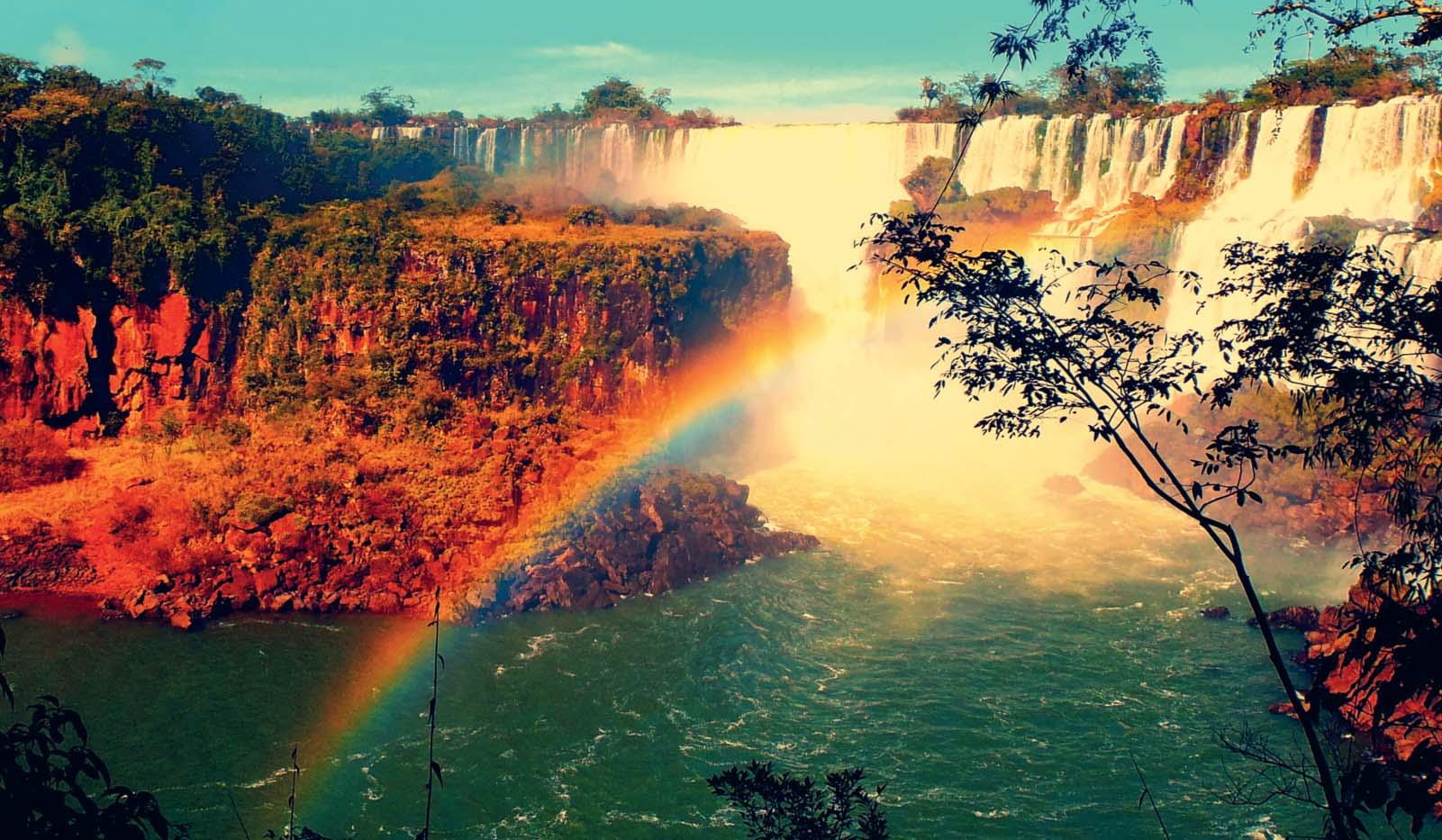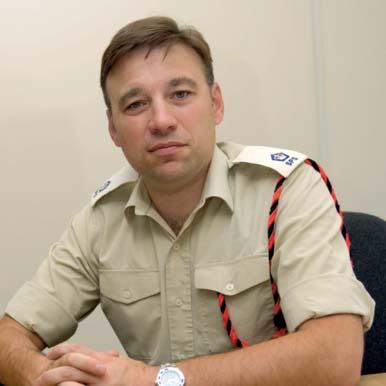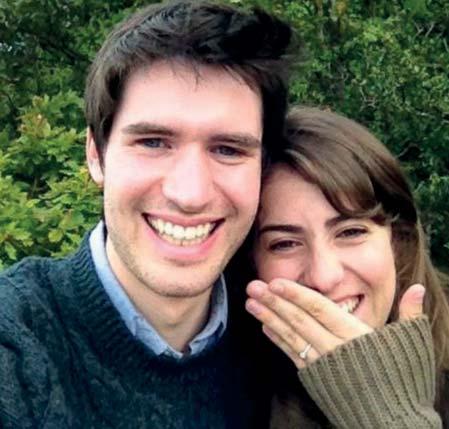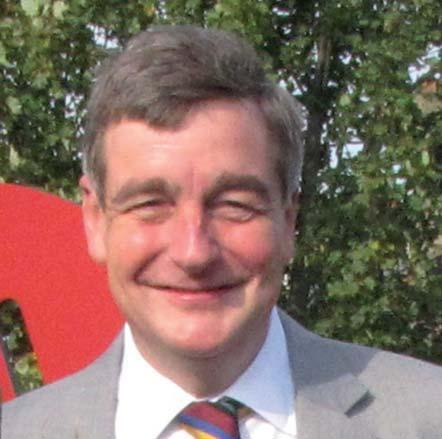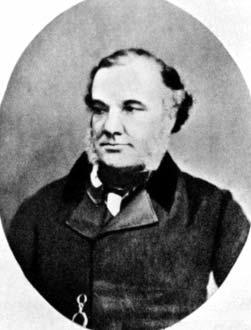
6 minute read
A Medical Elective in New Zealand
from ONA 87
A Medical Elective in New Zealand – Kia Ora! Home away from home
Twenty-four hours of flying brought me to the geographical antithesis of England, New Zealand. Yet interestingly, British colonisation renders the country possibly even more familiar than some places only a few hours away in Europe. I even found a Newcastle University graduate on the paediatrics team I joined.
Advertisement

By Holly Blair (06-08)

I would like to thank the ONA for their generous “ support which has not only contributed to my educational progression, but also helped me take advantage of the opportunity of a lifetime. ”

Hawke’s Bay is not the most obvious location in New Zealand to undertake a medical elective, which people were quick to point out. It is not frequented by backpackers and rightly so, but it is a fantastic place to live and a hidden gem. Hawke’s Bay was for me New Zealand at its best. It is a perfect encapsulation of the fusion between colonial British tradition and M¯aori tribal culture that does not occur in the backpacking hotspots of South Island.
I was based in Hastings Hospital, the main hospital serving an area almost three times the size of Northumberland but with almost half the population size. Nevertheless this seems to be a huge undertaking. There is another hospital helping out, a small one run by a GP approximately three hours drive north of Hastings in a place called Wairoa with a negative reputation but famous for its pies. Wairoa Hospital has 11 acute beds with an additional three beds in a maternity unit. In my second week at Hawke’s Bay Hospital I was fortunate enough to take a four person airplane along the coastline to this hospital in Wairoa for a paediatric clinic.
Emergency referrals from Wairoa are mainly flown to Hawke’s Bay by helicopter. During my first week we saw a young girl flown in twice for a complication of high blood sugars as a result of poorly controlled diabetes, and it was not the first time. It was presumed she was not taking her insulin and perhaps she was too harshly judged for the repeated expensive helicopter journeys, thought to be preventable. Later down the line it
materialised that perhaps she hadn’t realised the insulin needle needed to penetrate her skin. A harsh way to learn that insulin stinks.
There used to be another hospital in Hawke’s Bay, 15 kilometres from Hastings, in Napier. The hospital was appropriately situated on Hospital Hill, a fantastic vantage point. However much to the dismay of Napier residents it was closed 13 years ago and they now have to ‘commute’ to Hastings. To add insult to injury, Hastings is deemed to be less reputable than Napier.
Hastings Hospital is not dissimilar to those in England; however it was pertinent that they do not observe the strict ‘bare below the elbows policy’ that is so rigidly enforced in England, although some doctors did observe this practice. Importantly their medical care is up to scratch. Ignoring the occasion when one of the consultants looked at the wrong chest x-ray and had to get a five year-old boy with a collapsed lung off an airplane pretty rapidly. What is dissimilar is that the final year medical students in New Zealand get paid: England take note!
North Island and in particular Hawke’s Bay have large M¯aori influences and Hawke’s Bay has a larger M¯aori population than is average for New Zealand. Throughout the children’s ward are M¯aori translations such as an animal alphabet. Unfortunately, many of the M¯aori population in Hawke’s Bay live in the most deprived areas. As a result the children’s ward is often greeted by many illnesses that one would expect from a developing country, not New Zealand. Selfishly this did offer educational benefit and on my first day I was introduced to an eight year-old boy with rheumatic fever. He spent five of his six weeks in hospital jumping on the bed until it broke, despite doctors trying to reduce his heart rate.
Hawke’s Bay has much to offer and is quite unique. In 1931 Napier and Hastings were destroyed by an earthquake measuring 7.9 on the Richter Scale and rebuilt in Art Deco style, giving Napier town centre a certain understated charm. Furthermore, Hawke’s Bay countryside is inundated with wineries, it has been estimated there are as many as 90 in the area. It is New Zealand’s oldest wine region and 80 per cent of the country’s plantings of Merlot, Cabernet, Sauvignon and Syrah grapes are grown here. It was a shame they all closed before 5pm and it meant visiting them required a prompt departure from the wards on occasion. In addition, Hawke’s Bay is blessed with beautiful countryside, with some fantastic walks and viewpoints. Golfing in Hawke’s Bay was also on the cards with Cape Kidnappers on the coast being one of the top ten courses in the world. The laidback atmosphere in the hospital meant there was time for an occasional spot of afternoon golf: I think they call it networking!
I had hired a car for my time in New Zealand and was thankful to be driving on the left hand side of the road, given that it took me about two weeks to stop putting the windscreen wipers on before the indicators. My weekends were spent travelling North Island, with Hawke’s Bay proving to be an ideal distance from most places. During my eight weeks I managed to ski on an active volcano, do bone carving, marvel at the many geothermal areas, relax in hot springs, skydive, zorb (rolling down a hill in a bubble) and do a sevenmetre drop white water rafting. I had one week for a whistle stop tour of South Island. I saw Christchurch in devastation but the beginnings of their ‘re-start’ programme. I hiked on Fox Glacier, went jet-boating in Queenstown, horse-riding in Glenorchy, heliskiing in Wanaka and I cruised through Doubtful Sounds in Fiordland National Park.
The roads throughout New Zealand, even on the main highways, are mainly single carriageways. There are far fewer cars on the roads than in England and, once you hit South Island, every other car is a campervan. The highways wind on forever and seem to take the most random, but scenic, routes in total isolation from civilisation. Someone did tell me the reason the roads were so windy was that it used to be free to build through M¯aori Land but not through British land...who knows? For sure it is difficult to get away from driving in New Zealand, but it most certainly is not a chore.


After eight weeks in New Zealand I really got a feeling for the uncertainty that lies before it, a country at the mercy of Mother Nature. Four days after I left, Mount Tongariro (or ‘Mount Doom’ for Lord of the Rings fans) was showing some volcanic activity and a week and a half after I left Rotorua the nearby White Island had a small eruption. Furthermore during my first week in Hawke’s Bay there was a small earthquake. Not to forget it is only just over a year ago when the oldest standing town in New Zealand, Christchurch, was devastated by consecutive earthquakes from a fault line they did not know existed. However, with the possibility for natural disaster comes a unique environment in which vast and exuberant beauty has been able to flourish.




